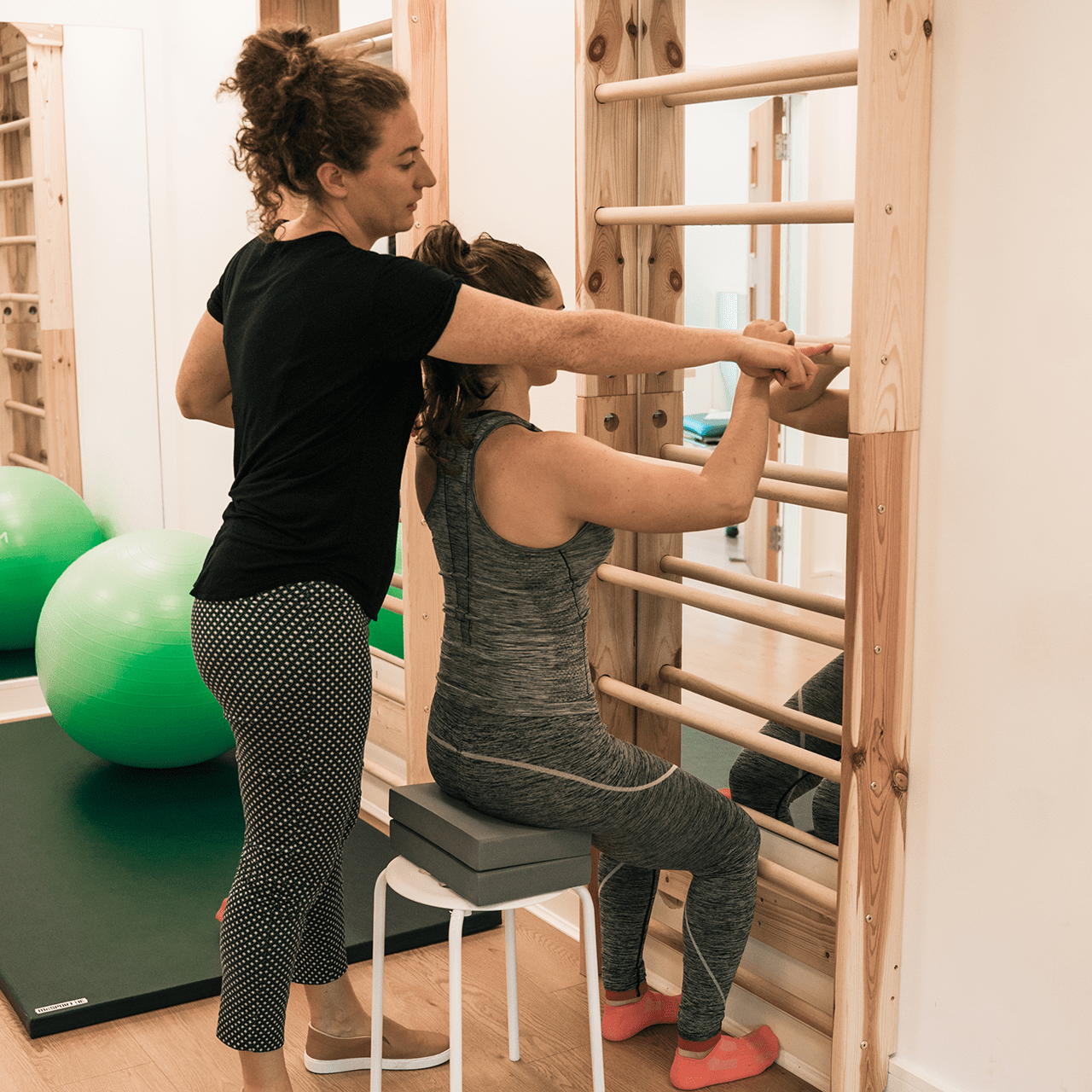The Schroth Method for Scoliosis
01/07/2022
Physiotherapeutic Scoliosis Specific Exercise
At present, standard care for Adolescent Idiopathic Scoliosis (AIS) includes observation, bracing or surgery. However, for conservative management of curves up to 45 degrees Physiotherapeutic Scoliosis Specific Exercise (PSSE) is becoming more widely used. Recent research suggests that PSSE used in combination with bracing is the most effective form of conservative management. The objectives of comprehensive conservative treatment of Idiopathic Scoliosis are to stop curve progression at puberty and potentially reduce the curve, to prevent or treat respiratory dysfunction, to prevent or treat pain and to improve aesthetics via postural correction.
Schools of PSSE
Schroth is a school of PSSE. Seven major schools operate under The Society on Scoliosis Orthopaedic and Rehabilitation Treatment (SOSORT). They include the Lyon approach, the Katharina Schroth approach, the Scientific Exercise Approach to Scoliosis (SEAS), the Barcelona Scoliosis Physical Therapy School approach (BSPTS), the Dobomed approach, the Side Shift approach and the Functional Individual Therapy of Scoliosis approach (FITS). The different forms of PSSE use the same general principles. They aim to teach the patient to automatically correct their posture while also creating stability in their spine and pelvic region. The specific exercises work in a three dimensional way to balance the load on both the convex and concave sides. The overall goals are the same aiming to realign the spine, rib cage, shoulders and pelvis to ‘normal’ anatomical postures.

Schroth Method
Schroth is the most studied form of PSSE and most recognized exercise based conservative management approach for scoliosis. Schroth exercises focus on sensorimotor and postural training along with an emphasis on breath work. The aim is to achieve normal postural alignment, postural control, and pelvic and spinal stability. Studies have demonstrated positive results for Schroth exercises including increased back muscle strength, improved respiratory function, slowing of curve progression, reduction of Cobb angles and reduced need for surgery. Sagittal plane deformities such as Scheuermann’s kyphosis can also be treated with the Schroth method.
Schroth was originally founded by Katharina Schroth in Germany in 1921 and further developed by her daughter, Christa. More recently, other schools of Schroth have formed and the method is taught in various parts of the world. Schroth Guidelines created by SOSORT advocate the use of both PSSE alone and in addition to bracing for patients with curves less than 45 degrees. SOSORT states that PSSE should consist of the auto-correction in 3D, training in activities of daily living, stabilizing the corrected posture and patient education.
Scoliosis
To understand the method, it is vital to first understand what the term scoliosis describes. A scoliosis is a three-dimensional change in the shape of the spine. The vertebrae rotate, laterally deviate and extend. This creates a twist in the spine which appears like a curve when observed from behind. Scoliosis progresses during stages of growth. The differences in bone growth rates within individual vertebrae cause spinal deformity. This produces asymmetric spinal loading causing a self-perpetuating progressive curve. This is known as ‘The vicious cycle’.
There can be one curve or there can be multiple curves. Generally, there is one major curve and secondary curves form in compensation to keep the body upright. The correct assessment of each individual’s spine is a crucial part of The Schroth method. It allows for correct classification of the curve type so that the exercises can be tailored to each person. The Schroth classification system works around body blocks. It gives the direction of the side deviation and rotation of the major curve based around the body block where it appears and a clear orientation for the standardized therapy plan. This includes the therapy diagram, exercise-program, home-exercises, passive corrections and mobilizing technique.
Scoliosis Specific Exercises
The exercises themselves start with a system of isometric contractions with the patient positioned in a very specific way to create optimal length in the spine. The patient will learn how to correct the concavities of the trunk and how to reduce the prominent areas through active postural realignment of the spine in three dimensions. Using breath, core control and proprioception throughout the exercises the patient will progress to using the active correction and postural correction in more functional ways throughout their daily routine. Auto-correction is achieved through self-elongations that are specific for each curve pattern. This changes their habitual default postures allowing for improved alignment, decreasing the risk of progression and reducing pain.
Schroth exercises should be designed and supervised by a certified Schroth therapist. Therapists who are certified will have undergone specific training and will have passed their exams. When developing a treatment plan the Schroth therapist will take all factors into consideration including: degree of curve, risk of progression, patient’s abilities, family support, cost and travel. The sessions should initially be one-to-one but the patient can progress to a group setting. Once the patient is competent with the exercise programme they can complete it at home with or without supervision depending on their capabilities. When developing a treatment programme it is important to include goals of treatment and to understand what is important to the individual. Research has demonstrated that the cobb angle is poorly related to overall quality of life. Long term goals should encompass improved function, quality of life, improved self-image and reduced levels of pain.
Schroth Suitability
Schroth is used mainly with AIS but it can be used with other forms of scoliosis including early onset idiopathic scoliosis as well as with degenerative curves. When Schroth is being used to prevent the need for surgery it is used on a curve that has been shown to be progressive that is between 20-45 degrees cobb angle. In a younger child with more growth potential it can be commenced with a lower cobb angle and it can also be used with larger curves for symptomatic relief and to attempt to slow the rate of curve progression. The method can also be used in larger curves to reduce the rate of progression and improve spinal mobility and adaptability in preparation for surgery. While most research on this approach has been conducted among participants with Adolescent idiopathic curves, Schroth can also be used in curves post growth to help reduce discomfort and pain and enhance aesthetics. However, it is important to note that the cobb angle will generally not reduce in a curve that has stopped growing. Adults with scoliosis seeking conservative care are using exercise therapy. PSSE treatment completed in small doses appears to have positive effects. The perceived benefits are on posture control, pain relief and breathing. Compliance strategies and follow-up visits are needed in all ages and types of scoliosis to continue to see improvement. Further research is needed to document the observed effects of PSSE and optimal dosages in adults.
The Schroth method is different from standard physiotherapy. It requires specific training that is not taught in physiotherapy degrees. Too often general physiotherapy will use hands on techniques or two-dimensional exercise which will not directly influence the curve growth. A short-term retrospective study by Noh et al. (2016) observed better effects on the Cobb angle using Schroth and stabilization exercises compared to symmetrical stretching and stabilization exercises commonly used by Physiotherapists when attempting to treat scoliosis.
Compliance
Compliance is challenging and it is important the therapist takes this into consideration when developing the treatment programme. Most Schroth therapists recommend daily exercise completion along with adjustments to the daily routine. It is a demanding process not just for the patient but also for their parents and family. Regular review with the Schroth Therapist can improve the compliance as the individual is more accountable. Berdishevsky et al (2017) found that a significantly higher proportion of those who completed Schroth training remained compliant with their Home Exercise Programme (HEP) at all time points during their study. However, adherence to the HEP decreased overtime indicating that review appointments are important even if the frequency decreases.
The Results from the Research
The exercise programme is demanding and good compliance is required to achieve positive results. Results from recent research are encouraging. Schreiber et al (2016) completed a 6 month long randomized controlled trial (RCT) that compared a supervised Schroth group, a non-supervised Schroth group and a control group that received no treatment. After six months, the supervised Schroth exercise group improved their Cobb angles, reduced their scoliometer measures, waist asymmetry and rib hump compared to the non-supervised and no-treatment groups. They report that those who completed the entire programme attained better results which emphasizes the importance of good compliance. They had a low dropout rate and most participants had adequate compliance rates indicating that Schroth is a feasible intervention.
Exercise Setting
The Schroth treatment approach includes both intensive inpatient rehabilitation and outpatient physiotherapy appointments. Schroth camps are also popular where the individual attends the camp for a period of intense exercise therapy. Once the individual has their own scoliosis specific exercise programme it can be completed from a home setting. Some patients will create a more formal space at home using the wall bars and other pieces of equipment while other patient’s adjust the programme and use household items with the exercises adapted as appropriate.
PSSE and the Scoliosis Brace
Evidence suggests that PSSE used in combination with bracing is the most effective form of conservative management. SOSORT guidelines state that PSSE along with bracing can provide better results than the brace alone. Rivett et al (2014) reported that highly compliant patients with Rigo-Cheneau brace and PSSE had reduced cobb angle by over 10 degrees. The Bracing in Adolescent Idiopathic Scoliosis Trial (BrAIST) study reported that 3 patients needed to be treated in order to prevent one patient’s curve progressing to need surgery. Schreiber et al (2017) found that four participants undergoing Schroth PSSE intervention in addition to standard of care would need to be treated in order to see one curve improvement.
Positive Results
The results of recent studies continue to strengthen the evidence in support of using PSSE to reduce the rate of progression of the Cobb angle and to reduce the cobb angle in some individuals. Otman et al’s (2005) one-year uncontrolled study focused on Schroth exercises and showed improved Cobb angles in 49/50 adolescents. Other PSSE schools are also producing positive results with Negrini et al (2008) finding that one year of completing Scientific Exercises Approach to Scoliosis SEAS, in skeletally immature patients with low cobb angles, resulted in reduced Cobb angles. With Schroth and other forms of PSSE the goal is not simply to reduce the Cobb angle but to also benefit the patient in other ways. It has been found that Schroth exercises added to standard of care improve the SRS-22r pain scores and back muscle endurance as well as improving self-image scores.
Team Approach
It is vital to remember that treatment of scoliosis works best with a team approach. The pathway of care should be an integrated approach with the doctor, physiotherapist, orthotist and psychologist and any other health care professionals that may be needed for each individual case. In the PSSE model it is recommended that the physiotherapist works as part of a multidisciplinary team according to the SOSORT guidelines and Scoliosis Research Society (SRS) philosophy.
